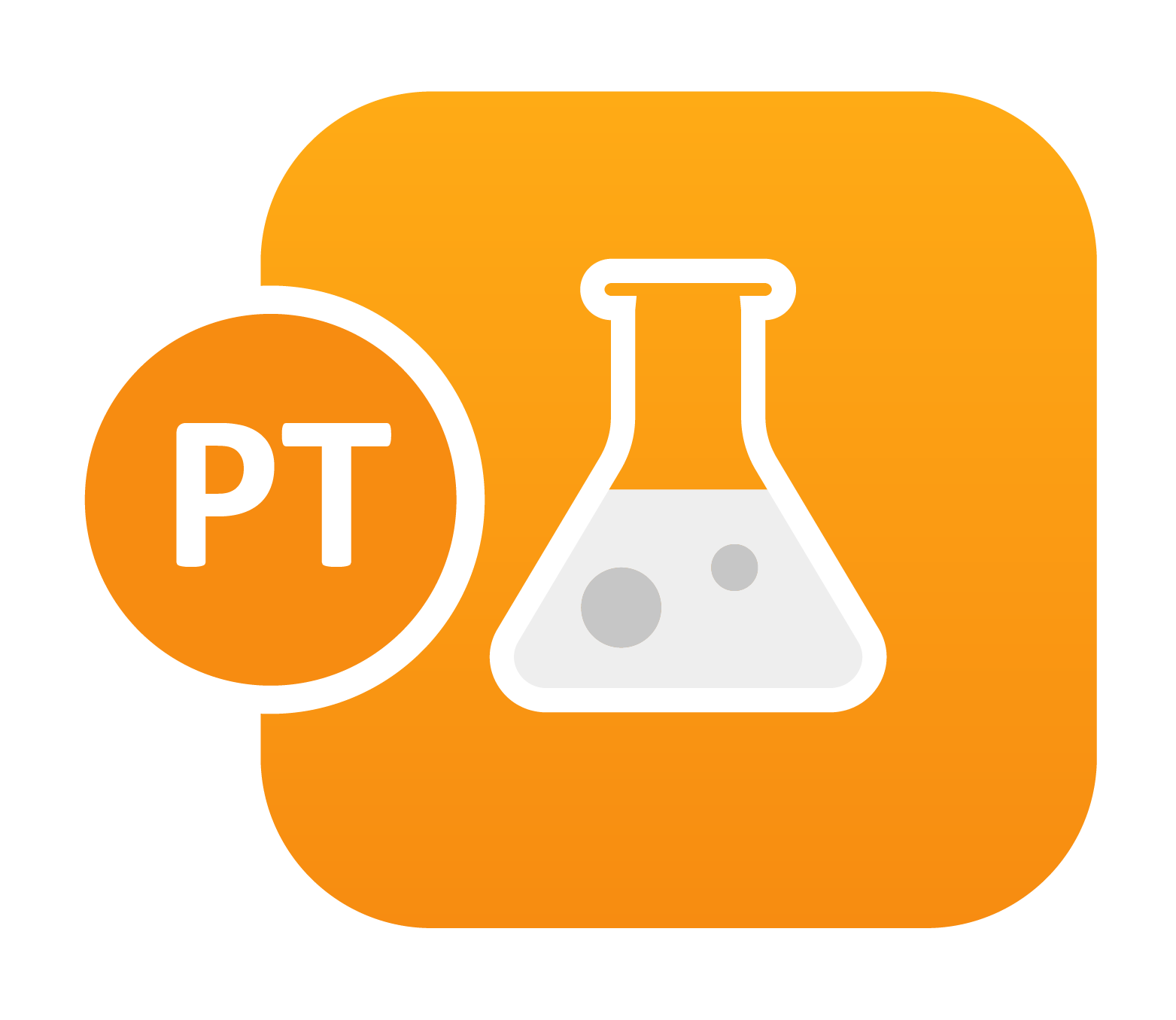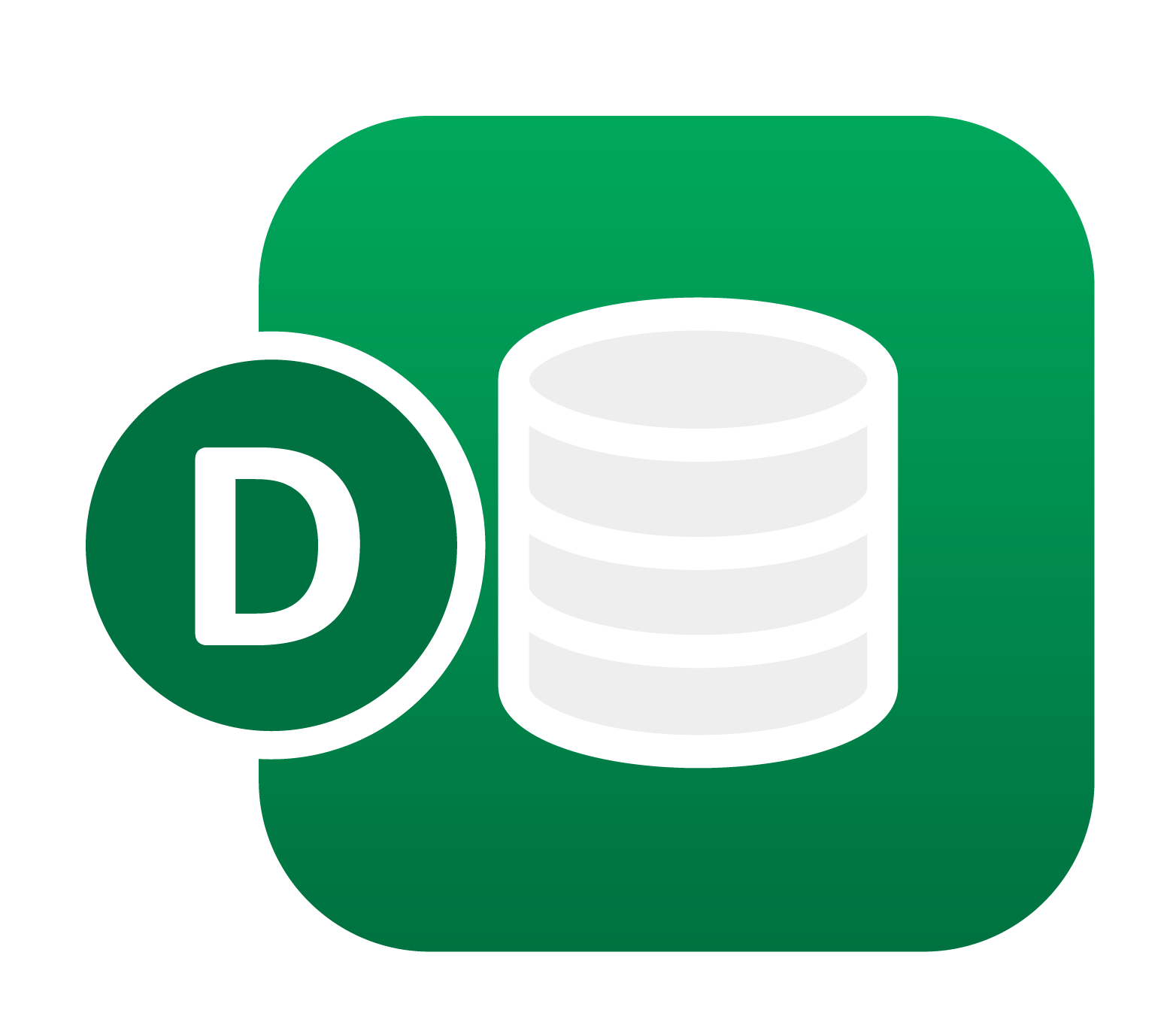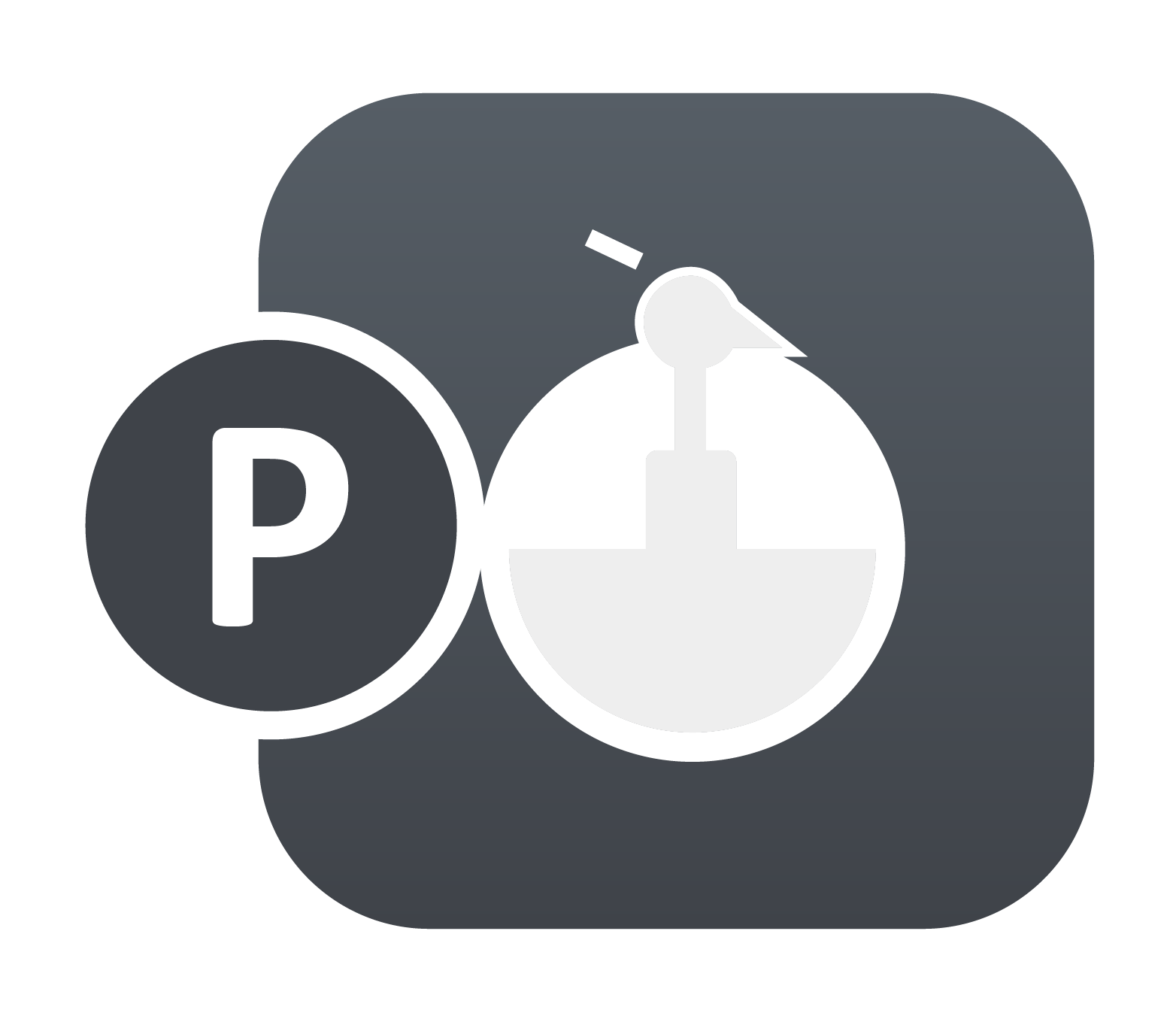Encryption Comes to LS-DYNA v971 !
Encryption has been around for several years but it finally comes to LS-DYNA in the form of GPG encryption which can be used at no additional cost to encrypt LS-DYNA input files to protect important proprietary data such as material definitions. Any portion of the input file can also be encrypted in multilple blocks of…













